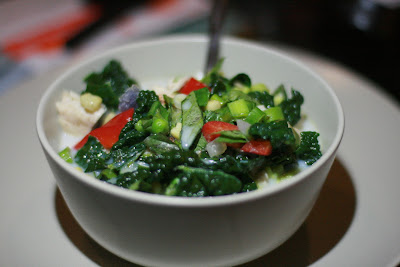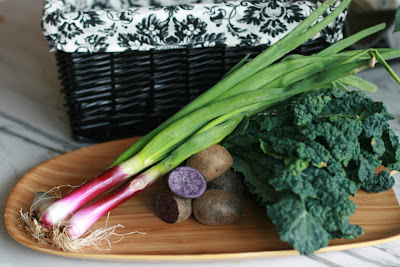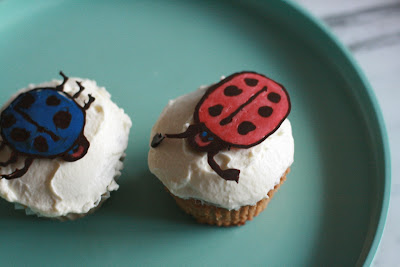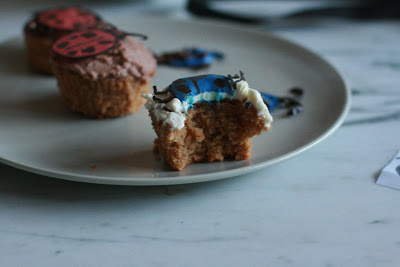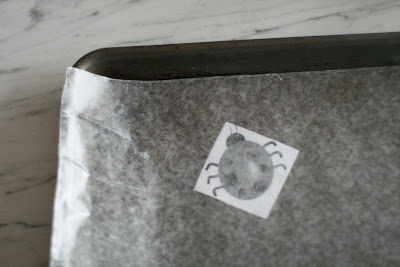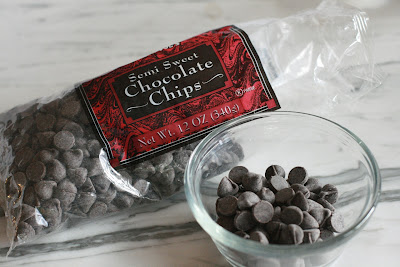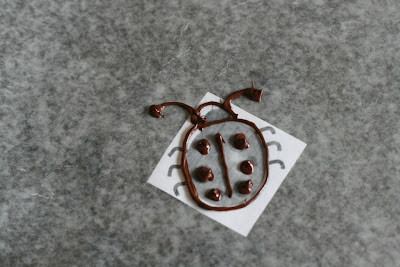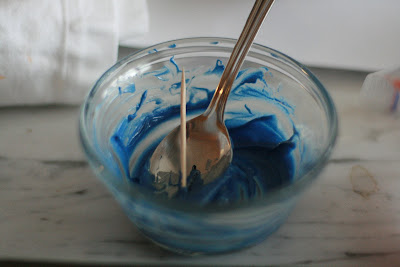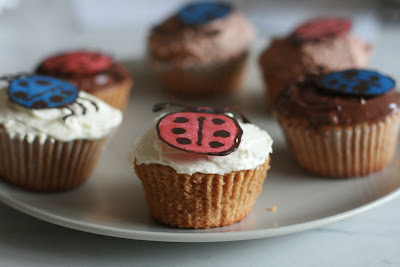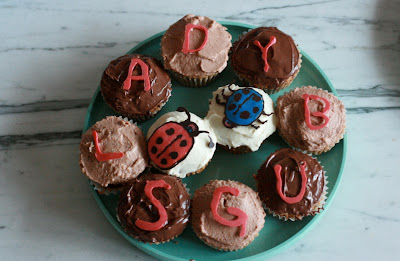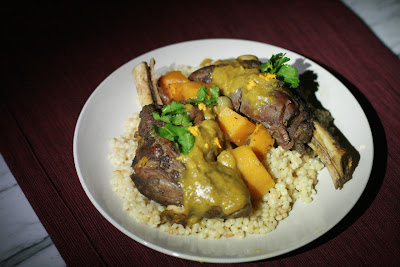
Some people are pasta people, or rice people, or potatoes people.
We're bread people.
We think a good loaf of bread goes well with just about everything, from creamy cheeses to hearty stews to
ratatouille.

So up until about 6 months ago, we made bread in a bread maker. When we were lazy or had forgotten to start the machine in time, we bought a $4 loaf of Acme or La Brea bread at the grocery store.
Then, Cary found
this article. Titled "Five Minutes a Day for Fresh Baked Bread," it explains that you can make a large quantity high-moisture bread dough and leave it in the fridge for a week or two, just baking what you need when you need it.

Homemade bread. No kneading. No proofing. No second rise. Already in the fridge, ready to go at a moment's notice.
It sounded too good to be true. Years before, we had started making cookie dough this way, only baking a few cookies at a time to have fresh cookies almost every night. (Try it. It's awesome.)
But bread dough? No way - making bread is all about dealing with finicky timed processes and dedicating a whole day of precise measurements and actions to something that's going to be devoured in about five minutes, right?
Nope.

This bread method really works. It's fantastically easy to make, incredibly simple to adjust to your own personal tastes, and results in amazingly delicious.
Jeff Hertzberg and Zoë François subtitled
their book "
The Discovery That Revolutionizes Home Baking." It might sound like a bunch of hype, but it's really true. Being able to pull a freshly-baked, gorgeous loaf of bread out of the oven about 30 minutes after coming home while everyone in your house bathes in the mouthwatering aroma - sounds pretty revolutionary to me, anyway.

Sure, a side-by-side comparison with artisan bread made the non-cheater's method (as I like to call it) might not end up favoring this simpler method.
But none of our dinner guests have complained yet. They're too busy eating the bread.
 Honey Whole Wheat Bread
Honey Whole Wheat BreadAdapted from
Artisan Bread in Five Minutes a DayThe Master boule recipe in the book is fantastic, but we decided that eating a loaf of white bread every day wasn't the healthiest idea. I generally use whatever mix of white, wheat, and rye flours seem to make sense/I have on hand, making sure it totals 6 1/2 cups, and it's always turned out great.- 3 cups warm water (around 100 degrees F)
- 1 1/2 tablespoons active dry yeast
- 1 1/2 tablespoons Kosher salt
- 2 cups all-purpose flour
- 3 1/2 cups whole wheat flour
- 1 cup rye flour
- 1-2 tablespoons honey, depending on personal preference
1. Heat the water to about 100 degrees. Better to err on the side of colder water than hotter - cold water will just slow the rising process down, but overly hot water can kill the yeast. If you can't hold your finger in the water for more than 10 seconds without saying "ouch," it's too hot. Let it cool off for a few minutes, or mix in some cold water to cool it down.
2. In a large bowl or tupperware (I use an 8-quart tupperware I found at Target), mix the water with the yeast. Just stir it together, no need to let it proof.
3. Stir in the Kosher salt.
4. Stir in the flour and the honey.
5. Let it rise for at least 2 hours at room temperature. It can sit out for up to 5 hours at room temperature. Bake whatever you're going to eat that day, then stick the rest in the fridge for up to a week (Hertzberg and François say two weeks is fine - I haven't tested it yet, since the dough generally doesn't last that long in our house).

When you're ready to bake:
6. Preheat your oven and your pan to 425.
7. Form your loaf. Grab a hunk of dough and "cloak" it by sprinkling flour on top and pulling the floury top part around the sides of the dough to the bottom. Turn the dough ball a quarter turn and do it again, so that you eventually end up with a smooth, slightly floury dough sphere with a bunch of ragged ends at the bottom.


8. If you're making a round loaf, you can just plop the dough ball on your preheated baking sheet or into a preheated Dutch oven or cast-iron frying pan. If you want a long baguette-style loaf, squeeze the dough ball into a long shape, like you're making a snake out of play-doh. Set it on your preheated
perforated bread pan.


Flour and slash the top of the loaf if you want - I generally don't and it always looks gorgeous anyway.

9. Bake until the crust is golden brown and the loaf sounds hollow if you tap on it. I generally set my timer for 25 minutes and start checking on it every few minutes after that - the size of the loaf will affect the baking time, so just keep an eye on it till it looks done.
10. Hertzberg and François say to let it cool before eating it. We are not convinced this is humanly possible, so we eat it as soon as it cools down enough to stick in our mouths.

This bread is great fresh or toasted for sandwiches the next day. We freeze extra loaves and pull them out and toast them.
We love the way the crust turns out using our perforated bread pan, but Dutch ovens and baking sheets work too. If you try this recipe with a baking sheet and love the flavor but wish it were crustier, consider investing in a bread pan. It also works deliciously as pizza dough or naan - just stretch it out thin and either bake it with cheese and toppings or brown it in butter in a cast-iron frying pan.
For more five-minute ideas, check out
artisanbreadinfive.com.



